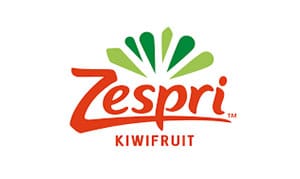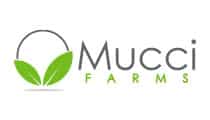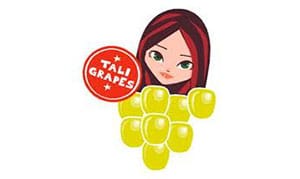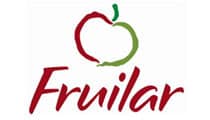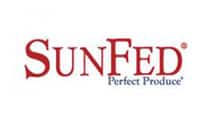The Importance of Vegetable Quality Control & Testing for Cucumbers
Commonly regarded as a vegetable, the cucumber is in fact a fruit. Native to South Asia but grown worldwide, cucumbers are highly valued for their refreshing taste and hydrating properties.
But producing high quality cucumbers can be an intricate process that calls for stringent fresh produce quality control. They are highly sensitive to cold conditions, and typically require careful watering and nutrient management. Over or under watering can both lead to defects, as can deficiencies or excesses in certain nutrients. Ensuring quality for customers also depends on accurately assessing the ripeness of the crop.
Accurate assessment of cucumber ripeness is crucial for harvest timing to ensure the vegetables are at their peak flavor and texture when they reach consumers. As they approach ripeness, cucumbers undergo changes in color, firmness, and soluble solids content, all of which are essential indicators for growers and suppliers.
Cucumber Defects in Quality Control Testing
Misshapen Fruits
Due to irregular watering or pollination issues, cucumbers can produce curved or bent fruits. These non-standard appearances are less marketable and often lead to a reduction in the commercial value of the produce, impacting the returns for farmers and sellers alike.
Pitting & Scarring
These defects mar the surface quality, whether caused by physical damage or pests. These external impairments degrade the fruit's market value and appeal, often resulting in economic losses for producers and waste in the supply chain.
Hollow Heart
This is a condition where the fruit's center is empty. It’s typically a consequence of rapid growth phases accompanied by inconsistent water supply. This internal defect often goes unnoticed until harvest, resulting in unexpected losses.
Blossom-End Rot
A rotted, softened area at the cucumber's blossom end. This defect is primarily induced by calcium deficiency and irregular watering, leading to compromised fruit integrity and quality, affecting the overall yield and profitability.
Cucumber Beetles
These are destructive pests, feeding on cucumber plants and serving as vectors for bacterial wilt. This disease causes affected plants to wilt and eventually die, posing a severe threat to yields and necessitating vigilant monitoring and intervention.
Spider Mites
Tiny pests that feed on the underside of cucumber leaves, causing stippling, yellowing. Severe infestations lead to significant leaf drop. Their activities compromise the health and vitality of cucumber plants, impacting overall crop yields.
Whiteflies
Whiteflies extract sap from cucumber plants, inducing wilting and potentially transmitting dangerous viruses to the plants. These pests pose a significant risk to the health and yield of cucumber crops.
Powdery Mildew
A fungal disease that appears as white, powdery spots on cucumber leaves and stems. The disease leads to yellowing and drying of leaves, which compromises the plant's health and significantly reduces the overall yield.
Downy Mildew
This causes yellow spots on the upper leaf surfaces with downy growth on the undersides, leading to defoliation. This disease significantly impacts the health and yield of cucumber plants, necessitating careful monitoring and control measures.
Bacterial Wilt
The primary mode of transmission for bacterial wilt (erwinia tracheiphila) is the cucumber beetle. It leads to wilting and the eventual death of cucumber plants.
Anthracnose (Colletotrichum orbiculare)
A fungal disease that results in dark, sunken lesions on leaves, stems, and fruits of cucumber plants. It diminishes the aesthetic appeal and market value of the fruit.
Interesting Facts about Cucumbers
- The term “cool as a cucumber” refers to the fact that the internal temperature of cucumbers can be up to 20 degrees cooler than the outside air.
- China is the largest producer of cucumbers, contributing to over 75% of the cucumbers in the global supply chain.
- Though commonly treated as a vegetable, the cucumber is technically a fruit because it develops from the ovary of a flower and contains seeds.
- Cucumbers have been cultivated for at least 3,000 years. Originating in India, they have become a beloved food item in many cultures around the world.
- Cucumbers can greatly vary in size depending on the variety and growing conditions. Some can be as small as 2 inches, like the cornichon type, while others, like the English cucumber, can grow over 2 feet long.
Quality Attributes for Evaluating Cucumbers
Color
Size and Length
Diameter
Shape
Skin Quality (including the presence of defects or blemishes)
Texture (both external and internal)
Firmness
Soluble Solids Content (related to taste and flavor)
Seed Cavity Size (especially for specific market preferences)
Absence of Pitting and Scarring
Our quality control app supports a wide range of attributes and quality standards for cucumbers. Download the free app for the complete list.
It also integrates with 3rd-party technology to assess external cucumber attributes. Learn more here.

